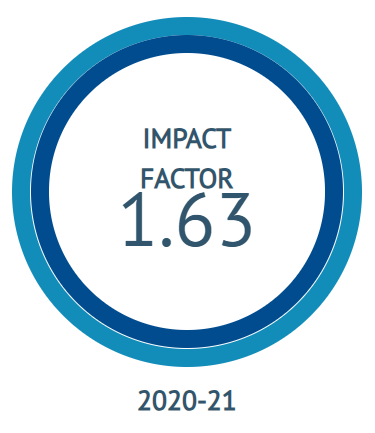On the Margins of Memory
World War II Graffiti in the Northern Adriatic Borderland
DOI:
https://doi.org/10.25765/sauc.v10i1.916Keywords:
memory, graffiti, political graffiti, World War II, Northern Adriatic, YugoslaviaAbstract
The article explores a specific historical graffiti-scape in the Northern Adriatic borderland, composed of antifascist, (pro)communist and pro-Yugoslav political inscriptions and symbols created during World War II and the immediate postwar period by antifascist and communist activists. Produced in a turbulent historical period that radically reshaped the broader region, these graffiti ‘survived’ and endured almost 80 years, transcending their original political function and historical context of production, as well as the postwar Yugoslav and socialist future that their messages articulated, imagined and projected in the landscape. Today, these historical notes and fragments, scattered across present-day Croatian, Slovenian and Italian territories, represent a singular and significant, but largely unrecognized and overlooked archive that transmits a set of political imaginations, ideological discourses, linguistic nuances and historical experiences that depict a complex and multifaceted picture of the 1940s context in the borderland. The aim of the article is to, first, introduce and (re)contextualize the historical material with an examination of the main features of the documented World War II graffiti corpus and, second, to analyze the graffiti’s contents and meanings in order to highlight their historical, archival, cultural and memorial significance as unfiltered and authentic texts that constitute a particular and unexplored layer of the borderland’s memory landscape and (auto)biography.
Downloads
Global Statistics ℹ️
|
227
Views
|
71
Downloads
|
|
298
Total
|
|
Downloads
Published
How to Cite
Issue
Section
License
Those authors who publish in this journal accept the following terms:
-
Authors retain copyright.
-
Authors transfer to the journal the right of first publication. The journal also owns the publishing rights.
-
All published contents are governed by an Attribution-NoDerivatives 4.0 International License.
Access the informative version and legal text of the license. By virtue of this, third parties are allowed to use what is published as long as they mention the authorship of the work and the first publication in this journal. If you transform the material, you may not distribute the modified work. -
Authors may make other independent and additional contractual arrangements for non-exclusive distribution of the version of the article published in this journal (e.g., inclusion in an institutional repository or publication in a book) as long as they clearly indicate that the work was first published in this journal.
- Authors are allowed and recommended to publish their work on the Internet (for example on institutional and personal websites), following the publication of, and referencing the journal, as this could lead to constructive exchanges and a more extensive and quick circulation of published works (see The Effect of Open Access).













